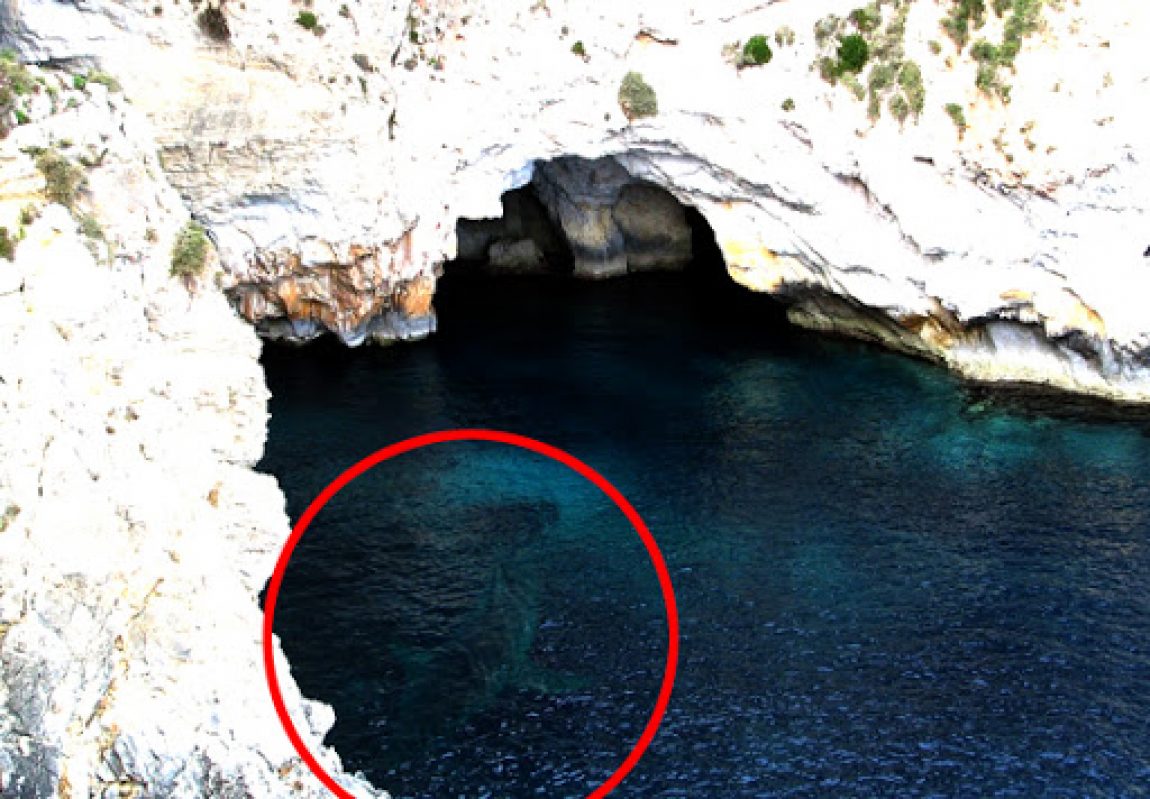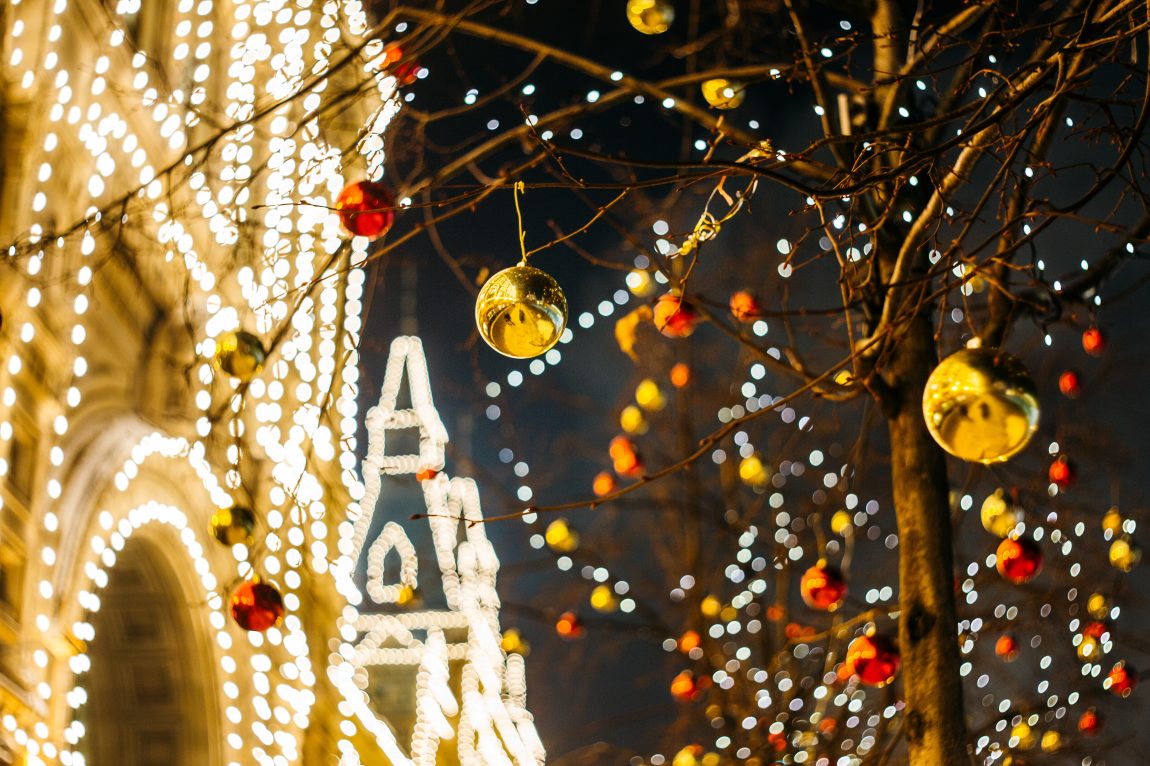Malta: A Tale of Two Sieges V
The Great Siege 1565 – Victory and the Aftermath
In our last article the story of the defence of Malta saw it reach its bloody height with La Valette leading a daring counter attack, inspiring knights and soldiers to push forward and turn the enemy to withdraw from Fort St Angelo and Birgu at a point when victory in this the Great Siege of Malta seemed imminent. If St Angelo had fallen, St Michael which was now also being assaulted relentlessly by Mustapha Pasha’s troops led by the infamous Janissaries, would certainly follow soon after and the defenders would have been butchered- to the man, woman and child as Mustapha had vowed- no quarter would be given.
The battle continued its bloody course, so that towards the end of August Malta was still holding, though hardly a man or woman was not wounded in some way. As each passing day brought winter closer the morale of the Turkish troops began to wane. The Turkish realised that if Malta didn’t fall soon, they would have to winter in Malta. A fate they were loathing to do. This, however, was the intention of Mustapha who knew that Senglea and Birgu couldn’t hold out long due to the shortage of supplies. Admiral Piala, on the other hand was adamant that at the first hint of winter, he would set sail with the fleet. The Turkish troops were disheartened and looking forward to returning to Constantinople.
Grand Master La Valette, had his own concerns. Don Garcia De Toledo had failed to send the relief force he had promised would arrive in Malta by the end of August but the Maltese began to think that they would have to endure to the bitter end alone. They were in a desperate condition. Bodies of men, women and children lay unburied in the streets. The wounded would have been left uncared for had not the women of the fort taken over the duties of nurses.
More knights and volunteers were arriving in Messina each day as the heroism of the knights and Maltese in the defence of this small island nation earned the admiration of all of Europe.
Fleet Assembly
A fleet was finally assembled and Don Garcia with 10,000 men on twenty-eight ships set sail for Malta only to run into a gale on route, whereby several ships were badly damage and had to return to Sicily. On the evening of 6th of September the fleet finally arrived in the Gozo Channel and came around into Mellieha Bay. The relief force had somehow managed to elude the much larger Turkish fleet and to moor in Ghajn Tuffieha Bay. The troops disembarked under the command of Asciano de la Corna and Marched to Mdina. Don Garcia, immediately set sail for Messina to collect a further 4,000 waiting reinforcements. Balbi di Corregio remarked:
‘Not long afterwards thirty-five galleys went out of Marsamxett Harbour on their mizen sails and took up position at the mouth of the harbour. We knew then that help was at hand and we all expected that we would be safe and free once more.’
The joy of the garrison knew no bounds. These were the first Christian ships that they had seen since the siege had started. The bells of the Conventual church of St Lawrence rang out over the shattered houses of Birgu as the defenders gave thanks.
At the same moment that the survivors were giving thanks that Mustapha realized that he had been misled and that the number within the relief force was far lower than reported and lower than the figure remaining under his own command. He immediately ordeedr a halt to the evacuation.
The relief force, under De le Corna, took caution in the advance toward the besieged area of Malta, not knowing the state of the battle but knowing full well that their numbers were still vastly less than the enemy. Although, some of the younger knights were impetuous and loathe to wait any longer to go to aid their comrades, who had endured the unimaginable. When dawn revealed the smouldering ruins of the harbour forts, and an enemy once again coming to land.
Mustapha Pasha’s decision to land his troops once they had already embarked was a blunder brought about by desperation. Following months of gruelling battle and with disease having wreaked havoc on the army, they were in no mood to take on fresh troops, who were eager for battle. At the sight of the knights bounding down towards them, many Ottoman troops broke ranks and fled, others halted and refused to advance. The knights and their Spanish troops fell upon the disorganized vanguard.
Not all of Mustapha’s forces were lacking in spirit, however. One group of Janissaries managed to capture a tower crowning the highest point on the ridge and opened a heavy fire on the Christians.
The battle now developed around this tower. The Turks were determined to hold it so that their forces could pass safely. The Christians were equally determined to capture it and at last a group of Spanish infantrymen managed to storm the tower. The Turkish were now in full retreat and pursued by the Knights. They fought bitterly towards St Paul’s Bay where a large part of their fleet awaited them. Turkish Arquebusiers fired relentlessly at the Christians who ran the enemy into the sea. The seen was chaotic; men fighting and slashing at each other in the shallows, boats over turning and screams ringing out across the hillsides. Hundreds of men were killed in this last action.
As few as 10,000 of the 40,00 that had come to the island originally (not to mention the Barbary Corsairs and Algerians) now sailed for Constantinople, bewildered and shamed. The Knights of the relief force now raced to Forts St Elmo and St Michael and these easy victors of the last action now realized at what cost the island had been saved. Not a single house was undamaged. Hardly a man, woman or child was unmarked by the rigours of the siege. “The maimed and wounded dragged themselves around their shattered fortresses, like figure risen from the dead as if to mock these healthy living soldiers who had come so late to their relief.” (Ernle Bradford-The Great Siege)
Even when Ascanio de la Cerna’s men could congratulate themselves on their success over Mustapha’s forces, they saw that victory had all but already been won before their arrival. The Turkish hadn’t been an army fleeing at the point of victory, but one that had already been defeated
The small kingdom of the Knights of St John lay in ruins about them, but they had won the awe and admiration of every European nation and sovereign. There would never be any further question of Malta being considered of little consequence by the rulers of Europe.
Grand Master La Vallette
Honours were bestowed upon Grand Master La Vallette by all the kingdoms of Europe and La Vallette petitioned for finances to rebuild the defences and reequip the island. “Such was now the prestige of his name and the fame of the island that contributions were neither slow in coming, nor small in amount” (Ernle Bradford-The Great Siege 1565) On the 28th March 1566, the foundation stone of what was to be a new and magnificent fortress city was laid on the very slopes of Mount Sciberras where the flower of the Ottoman army had died. Three years later La Vallette succumbed to a stroke while hunting and shortly after died. As per his instructions he was buried under the city that now bears his name. The inscription on La Vallette’s tomb reads:
‘Here lies La Valette, worthy of eternal honour. He who was once the scourge of Africa and Asia, and the shield of Europe, whence he had expelled the barbarians by his holly arms, is the first to be buried in this beloved city, whose founder he was.” (Sir Oliver Starky, La Vallette’s Latin Secretary and friend)


